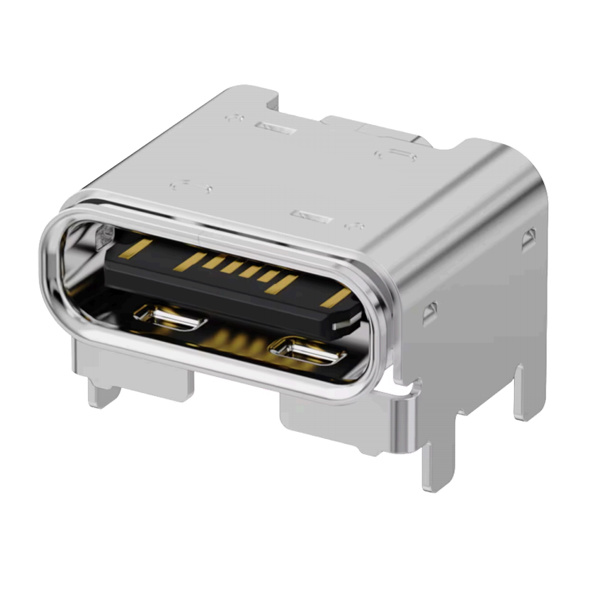20
2025
-
03
Cable technology has revolutionized the way we transmit information and power across various industries.
Author:
Cable technology has revolutionized the way we transmit information and power across various industries. At its core, a cable is a structured assembly of conductors, typically insulated to prevent unwanted interference and ensure safety. The most common types of cables include coaxial, fiber optic, and twisted pair cables, each serving distinct purposes.
Coaxial cables are widely used for television and internet applications, offering reliable signal transmission with minimal interference. Fiber optic cables, on the other hand, utilize light to transmit data, enabling high-speed communication over long distances with exceptional bandwidth capabilities. Twisted pair cables are predominantly used in telecommunication and networking, where they reduce electromagnetic interference, thus enhancing signal integrity.
As technology advances, the demand for higher data rates and more efficient power delivery continues to grow. Innovations in cable design, such as improved materials and construction techniques, are crucial to meeting these demands. Additionally, the emergence of smart cables, embedded with sensors and communication capabilities, points towards a future where cables not only transmit power and data but also monitor and adapt to their environments. This evolution underscores the importance of cables in the infrastructure of modern society.
Previous Page
Next Page
Previous Page
Next Page
20
2025-03
20
2025-03
20
2025-03
20
2025-03

Hotline:
E-Mail:
Building 5, No.4 Hongye Middle Road, Chungtou Community, Chang'an Town, Dongguan, Guangdong, China
©Copyright 2024 Dongguan Honglian Precision Industry Co., Ltd. All rights reserved






